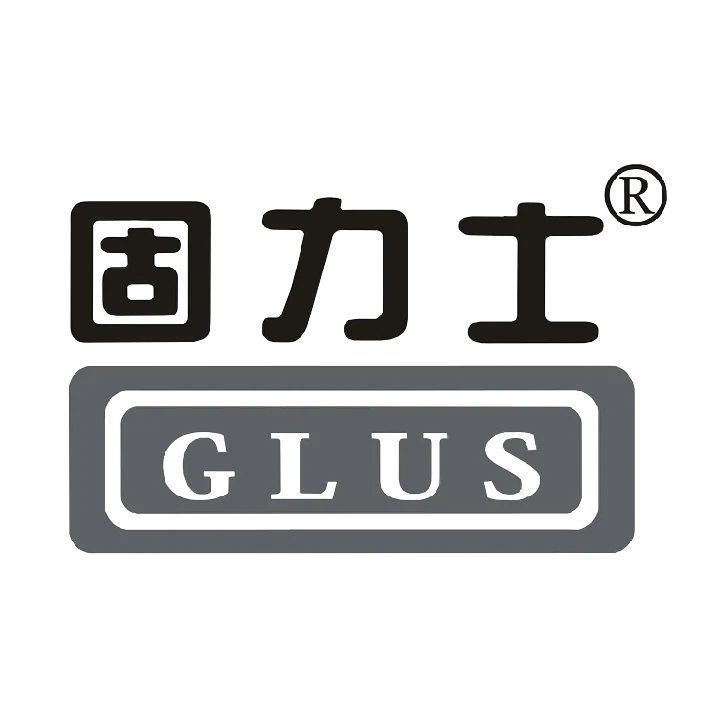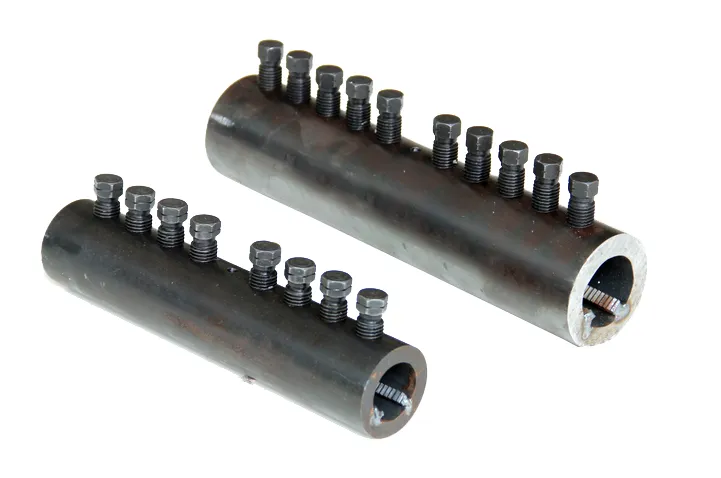Products Description
Introduction
A bolt sleeve is a specialized tool used for tightening or loosening bolts. It is typically made of high-strength alloy steel and has an internal hexagonal, dodecagonal, or special-shaped head that can fit different specifications of bolt heads. The core design of the bolt sleeve is as follows:
1. Structural features: ◦ The main body of the sleeve is cylindrical, with an internal hole machined at one end that matches the bolt head (such as hexagonal, dodecagonal, or flower-shaped), and a square tenon interface at the other end that can be connected to a manual wrench, pneumatic wrench, or electric wrench. ◦ Some bolt sleeves adopt a thin-walled design (such as the Saltus series), suitable for operation in narrow spaces.
2. Materials and processes: ◦ Made of 45# steel, chromium-vanadium steel (Cr-V), or chromium-molybdenum steel (Cr-Mo), through cold extrusion and heat treatment (quenching + tempering) to enhance hardness and toughness, and surface nickel or phosphating treatment to enhance corrosion resistance. ◦ Tolerances comply with ISO 1174/ISO 691 standards to ensure a tight fit with the bolt head and avoid damage to the bolt.
3. Working principle: ◦ Torque is transmitted through the mechanical interlock between the sleeve head and the bolt head to achieve bolt tightening or disassembly. Some special designs (such as the rounded inner angle of the dodecagonal sleeve) can reduce damage to the bolt's edges.
Purpose
1. In the industrial and construction fields: ◦ Widely used in scenarios such as mechanical equipment installation, vehicle maintenance, and steel structure connection, for example: ◦ Removing engine cylinder head bolts, hub bolts, etc. ◦ Tightening high-strength bolt connection nodes in bridges and building steel structures.
2. Adaptability to special environments: ◦ Pneumatic sockets (air-driven sockets) can be used in flammable and explosive environments to avoid the risk of electric sparks; elongated sockets are suitable for deep-hole bolt operations.
3. Auxiliary tools for steel reinforcement connection: ◦ In mechanical reinforcement connections, bolt sockets can serve as auxiliary tools (such as the lock nut of the locking nut socket), but they are not the main components of the reinforcement connection.



